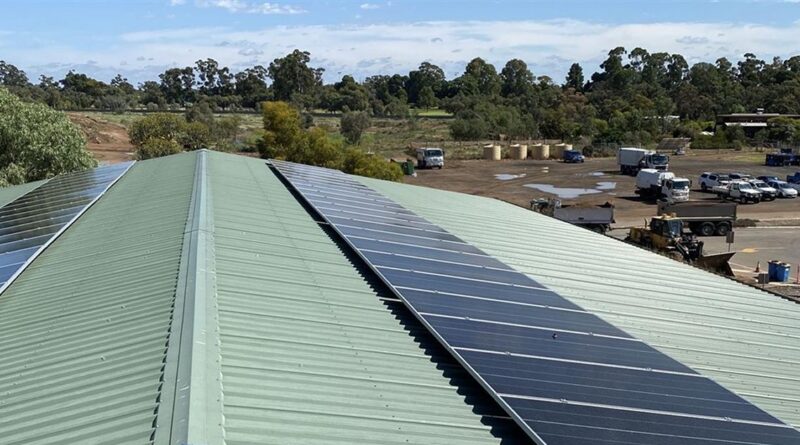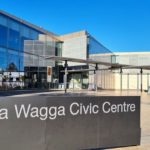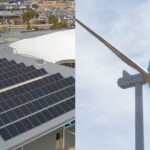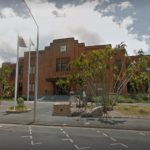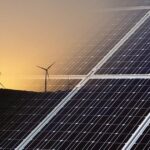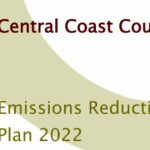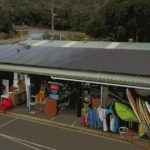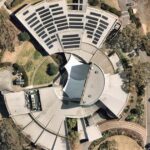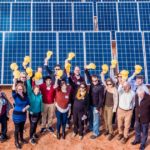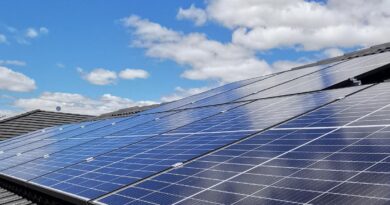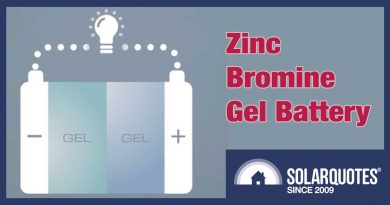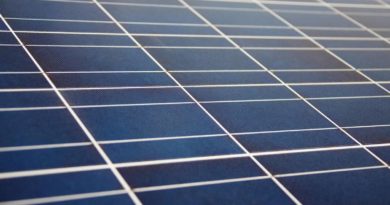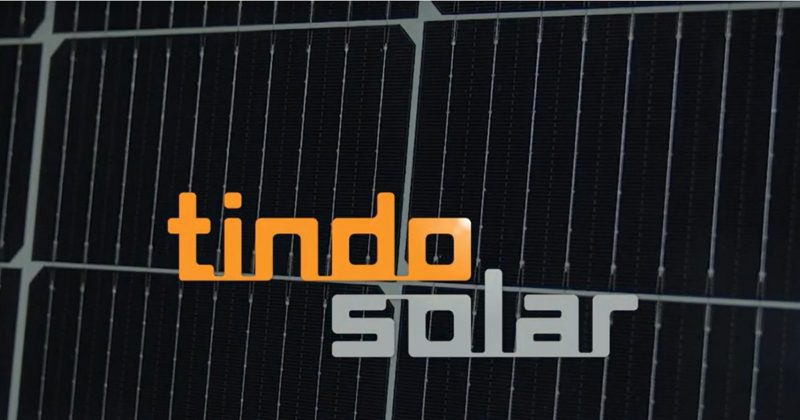Wind/Solar Powering Mildura Council Towards Emissions Goals
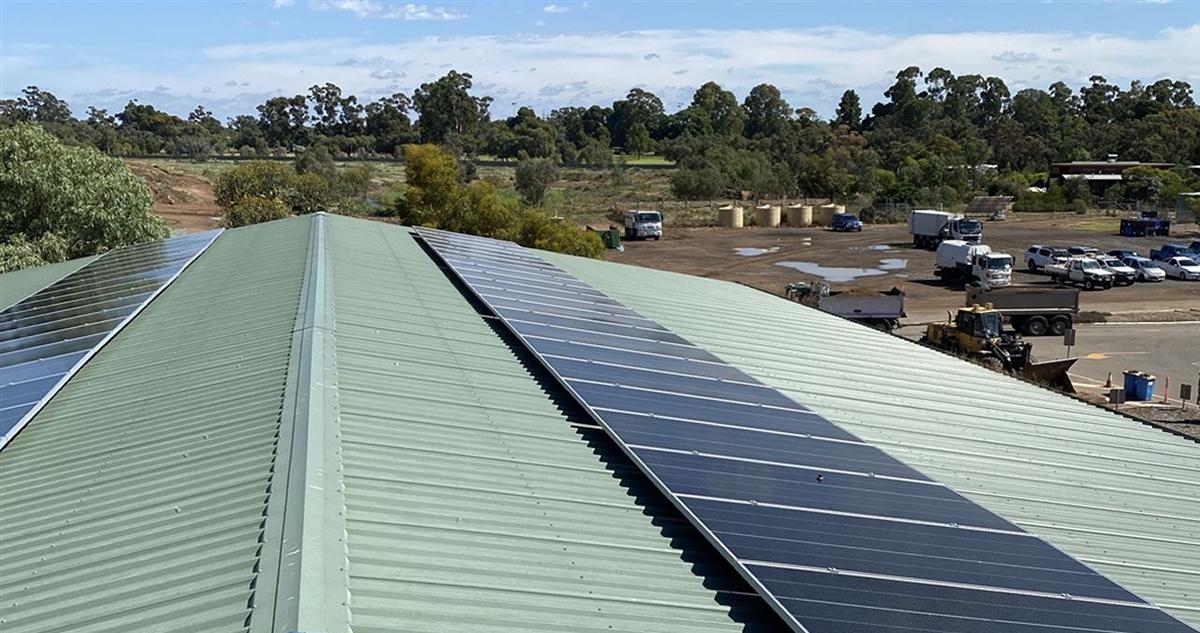
Mildura Rural City Council’s latest sustainability report reveals good progress being made in the organisation’s efforts towards net-zero emissions.
Released this week, Council’s Environmental Sustainability Report 2021 – 2022 outlines related achievements made during the last financial year, which included:
- Reducing carbon dioxide equivalent (CO2e) emissions by 6,250 tonnes through the use of 100 per cent renewable electricity for Council buildings, facilities and public/street lighting.
- Reducing public lighting electricity consumption by 6.4% on the previous year.
- Purchasing 3 fully electric vehicles and installing 4 EV charger points.
- Reducing water consumption by 8% on the previous year.
- Diverting/recycling (assumed: composting) 2,893 tonnes of green waste at Mildura Landfill.
“The progress outlined in our latest Environmental Sustainability Report builds on the strong momentum our organisation has developed in recent years in terms of slashing our energy usage and reducing our carbon emissions,” said Councillor for Environmental Sustainability Jason Modica. “It certainly proves the benefits of the work we’ve been undertaking in recent years, and the direction we’ve taken in terms of our aspirational push for zero emissions.”
Council has previously committed to achieving zero net emissions for:
- Council operations, excluding landfill, by 2040.
- All council operations by 2050 (including landfill).
- Council owned buildings and facilities by 2030.
- Light fleet by 2030 and heavy fleet by 2040.
Where The Renewable Electricity Is Coming From
Using 100 per cent renewable electricity for Council buildings, facilities and public/street lighting is a big win. The source of this green power is partly from the installation of 668 kW of solar panels on Council owned buildings. Among the more recent installations is a 47kW system installed atop the Mildura Transfer Station (pictured above).
On-site solar energy’s contribution would be significant – perhaps north of 975 MWh a year – but the bulk of the renewable electricity consumed would likely be from participation in the Victorian Energy Collaboration (VECO). This is an initiative involving dozens of Victorian councils that used their collective buying power to negotiate a favourable long-term electricity supply contract with Red Energy; with supply from Dundonnell wind farm near Mortlake and Murra Warra II wind farm near Horsham.
Mildura Rural City Council switched over to 100% renewables for its electricity supply in late June/early July last year. As well as reducing Council’s overall carbon emissions by 19%, the organisation is expecting electricity bill savings of up to 35%.
Small-Scale Solar Power In Mildura RC LGA
Beyond the rooftops of Council assets, in Mildura solar panels are a common sight on commercial, community and residential buildings. More than 4,273 small-scale systems had been installed in the 3500 postcode by the end of last year, with a collective capacity of 31,933 kW.
More broadly across the community and according to the Australian Photovoltaic Institute (APVI), approximately 26.7% of freestanding and semi-detached dwellings in the Mildura Rural City Council local government area have had panels installed, compared to a Victorian average of 24.1%.
If you live in Mildura and want to join others in your community saving a bundle by using their rooftop real estate to generate clean, cheap energy, there are some great solar installers servicing Mildura and surrounding areas to help you do so.
Original Source: https://www.solarquotes.com.au/blog/mildura-sustainability-solar-mb2813/

